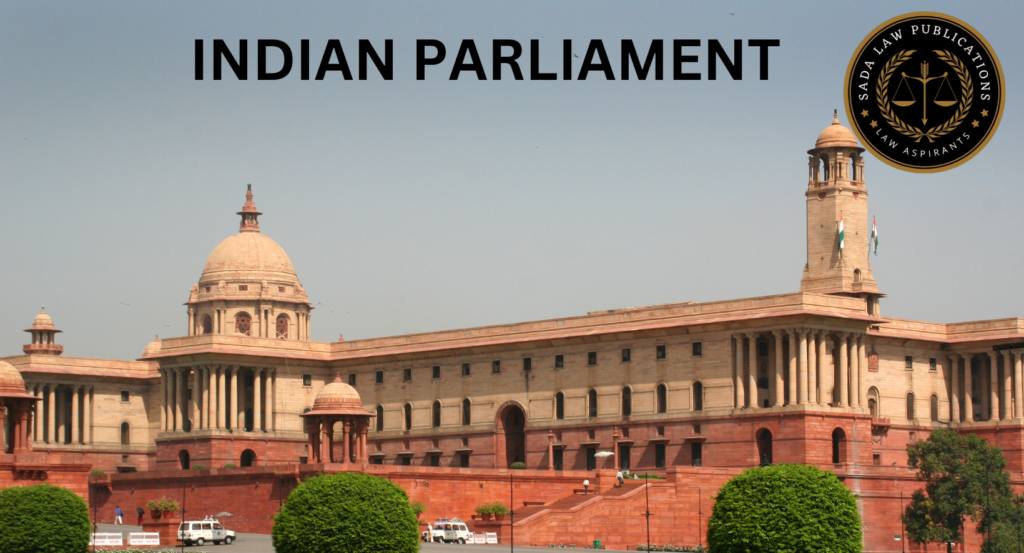Legal Framework governing reproductive rights and abortion law
Trending Today Legal Framework governing reproductive rights and abortion law The Impact of Contract Law on E-Commerce and Online Transactions Indian Parliament Addressing Judicial Issues in Revenge Porn Cases Triviality section 95 INDIAN YOUNG LAWYERS ASSOCIATION v. STATE OF KERALA & Ors Legal Framework governing reproductive rights and abortion law The Role of International Law in Shaping Domestic Constitutions Indigenous Peoples’ Rights and Cultural Heritage Preservation SPORTA TECHNOILOGIES V. HONG Y1 F35 Legal Framework governing reproductive rights and abortion law 08 Feb 2025 Introduction The fundamental basis of India’s abortion legislation is a cis-hetero-patriarchal society that controls expecting mothers’ bodies through a severe criminal justice system. The criminal framework includes the POCSO Act and the PCPNDT Act, which allow for nearly unrestrained law enforcement harassment of abortion providers and seekers and necessitate significant state surveillance.[i] Due to the stigma surrounding abortions that is reinforced by criminalization, pregnant women have few options when it comes to ending their pregnancy. These options include carrying an undesired pregnancy to term and forgoing prenatal and maternal healthcare, or obtaining an unsafe abortion and running the risk of legal repercussions. Essential components of women’s independence and health are reproductive rights, which include the right to a safe and legal abortion. India’s legal system for abortion and reproductive rights has changed significantly over time, striking a balance between individual liberties, public health concerns, and social factors. This blog examines legal interpretation, important statutes, and current issues with reproductive rights and abortion regulations in India. Legal Framework In India, the Medical Termination of Pregnancy (MTP) Act is a government law that permits licensed medical practitioners to perform abortions in specific predefined situations. This legislation was a progressive move that recognized women’s reproductive rights and attempted to lower maternal mortality from unsafe abortions. Medical terminations of pregnancy were governed by Sections 312 to 318 of the Indian Penal Code (IPC) prior to the MTP Act of 1971. The majority of these provisions attempted to criminalize abortions, with the exception of cases where the procedure was performed in good faith to save the woman’s life. It is extremely difficult for women to obtain safe abortions because the IPC laws do not distinguish between unwanted and intended pregnancies. When women, including rape survivors, mentally ill, and those experiencing unintended pregnancies as a result of contraceptive failures, began going to court to seek permission for ending their pregnancies beyond the recommended gestational period of 20 weeks, the 1971 law was unable to keep up with the demands of the changing times and scientific advances in medicine.[ii] In order to lower maternal mortality and morbidity brought on by unsafe abortions, the 2021 Act modification seeks to guarantee women’s access to safe and legal abortion services. The modifications provide abortions up to 24 weeks for specific categories of women, up to 24 weeks for women whose marital status changed during pregnancy, up to 24 weeks for survivors of rape or incest, and up to 24 weeks for other vulnerable women. The amendments also permit abortions up to 20 weeks after the opinion of one licensed medical professional. The modification also made pregnancies outside of marital institutions legally binding by substituting “by any married woman or her husband” with “any woman or her partner.” Existing legislation and policy: what is still lacking? The MTP Act’s significant medical slant is one of its main criticisms. Practitioners of alternative medical systems and mid-level healthcare providers are not covered by the “physicians only” provision. Access to second trimester abortions is further limited by the need for a second medical opinion, particularly in remote locations.[iii] All public hospitals are required by the MTP Act to provide abortion services. Despite this, public health institutions are exempt from the same regulatory processes as the private sector because they are not required to obtain the necessary approval. It is incorrect to believe that simply because a health institution is part of the public sector, it has effective regulatory processes that don’t need to be supported by laws and regulations and is accountable to the general public. Any restrictions of this kind are frequently out-of-date or opaque.[iv] The absence of a clear policy on excellent clinical practice and research constitutes a significant gap in Indian abortion policy. Published in 2001[v]national technical guidelines do not guarantee acceptable clinical practice even at abortion clinics that have been recognized by the WHO, and they do not comply with their international guidance[vi] Protecting women’s reproductive rights: the role of the judiciary The judiciary will inevitably have to handle the problem of reproductive rights as there isn’t a sufficient legislative framework to safeguard women’s reproductive rights. The Indian judiciary has played a pivotal role in safeguarding and augmenting the reproductive rights of women, guaranteeing the preservation of their constitutional entitlements to bodily autonomy, personal liberty, and privacy. In interpreting the Medical Termination of Pregnancy (MTP) Act and related regulations, the courts have adopted a progressive approach, guaranteeing that the rules are in line with the changing requirements of society and improvements in medicine. In the landmark decision of Suchita Srivastava v. Chandigarh Administration.[vii], the Supreme Court of India upheld the constitutional right of women to reproductive autonomy as a part of their right to personal liberty under Article 21. The court underlined that having the freedom to choose among contraception, abortion, and other reproductive health treatments is part of having reproductive rights. In the case of Meera Santosh Pal v. Union of India[viii], the Supreme Court upheld an abortion due to significant fetal abnormalities that took place beyond the 20-week limit set down in the MTP Act. This ruling emphasized the need for the law to be flexible in order to accommodate extraordinary situations and emphasized how crucial it is to take the woman’s health and well-being into account. In X v. Union of India[ix], the Supreme Court extended the rights of reproductive individuals by permitting an unmarried woman to end a pregnancy that resulted from a consenting relationship. This decision was significant because it recognized
Legal Framework governing reproductive rights and abortion law Read More »







